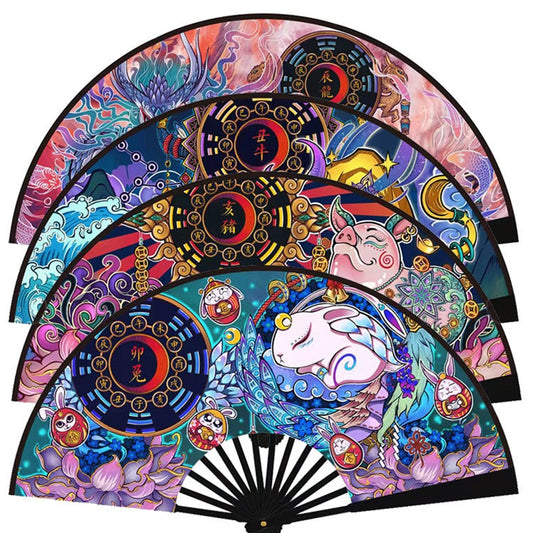When it comes to traditional Chinese culture, hairstyles have played a significant role in defining an individual's social status, marital status, and even regional affiliation. Over the centuries, different hairstyles have come and gone, each with its own unique symbolism and meaning. In this article, we will explore the fascinating history of traditional Chinese hairstyles, their significance, and how they have evolved over time.
In China, hairstyles were not just a fashion statement, but they also held deep cultural and historical significance. The style of hair was an essential indicator of the individual's social status, occupation, and even marital status. The intricate hairstyles were a form of art and were often adorned with various accessories, such as combs, hairpins, and headbands.
The Evolution of Chinese Hairstyles
The history of traditional Chinese hairstyles can be traced back to the Neolithic period. During this time, people wore their hair long and unstyled. However, as society progressed and developed, hairstyles evolved to reflect the changes.
The Han Dynasty
One of the most influential periods in the evolution of Chinese hairstyles was the Han Dynasty (206 BCE-220 CE). During this period, different hairstyles emerged that indicated a person's social status, gender, and occupation.
The Tang Dynasty
The Tang Dynasty (618-907 CE) saw a significant change in hairstyles. The most famous of these hairstyles was the "Tang Gui", which was a bun placed high on the top of the head. This hairstyle became popular among women and was often decorated with flowers and other accessories.
The Ming Dynasty
During the Ming Dynasty (1368-1644 CE), hairstyles became more elaborate and intricate. The hair was styled into various buns, plaits, and twists, and accessories such as hairpins and combs were often used to decorate the hair.
The Significance of Chinese Hairstyles
Chinese hairstyles were not just a fashion statement, but they also held deep cultural and historical significance. Here are some of the meanings associated with specific hairstyles:
The Bun
The bun hairstyle was a popular style worn by both men and women. For women, the placement and size of the bun indicated their social status. The higher the bun was placed on the head, the higher the social status of the woman. For men, the bun hairstyle was a symbol of power and authority.
The Ponytail
The ponytail hairstyle was popular among men and indicated their occupation. Soldiers and laborers often wore their hair in a simple ponytail.
The Shaved Head
The shaved head hairstyle was commonly worn by Buddhist monks and nuns. It symbolized a rejection of materialism and represented spiritual purity.
Modern Interpretations of Traditional Chinese Hairstyles
While traditional Chinese hairstyles may not be as prevalent today, their influence can still be seen in modern interpretations. For example, the "hanfu" (traditional Chinese clothing) movement has gained popularity in recent years, and many individuals have begun to incorporate traditional Chinese hairstyles into their overall look.
Conclusion
Traditional Chinese hairstyles hold deep cultural and historical significance and have evolved over the centuries to reflect societal changes. While these hairstyles may not be as prevalent today, their influence can still be seen in modern interpretations, and they continue to fascinate people all over the world.
FAQs
-
What is the most famous Chinese hairstyle? The "Tang Gui" hairstyle from the Tang Dynasty is perhaps the most famous Chinese hairstyle.
-
What does a bun hairstyle indicate in traditional Chinese culture? In traditional Chinese culture, the placement and size of a bun hairstyle indicated a woman's social status.
-
Did men also wear elaborate hairstyles in traditional Chinese culture? Yes, men also wore elaborate hairstyles that indicated their social status and occupation.
-
Are traditional Chinese hairstyles still popular today? While traditional Chinese hairstyles may not be as prevalent today, their influence can still be seen in modern interpretations.
-
What is the significance of the shaved head hairstyle in traditional Chinese culture? The shaved head hairstyle was commonly worn by Buddhist monks and nuns and symbolized a rejection of materialism and represented spiritual purity.









